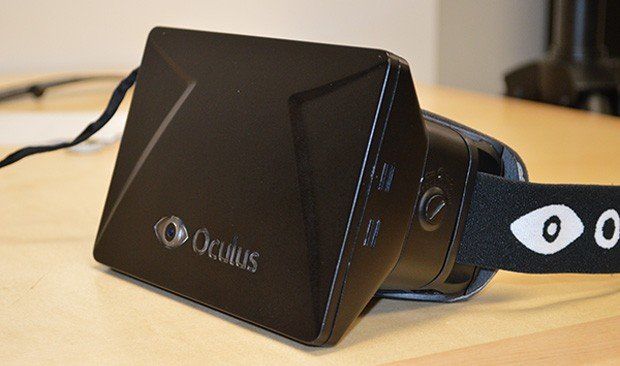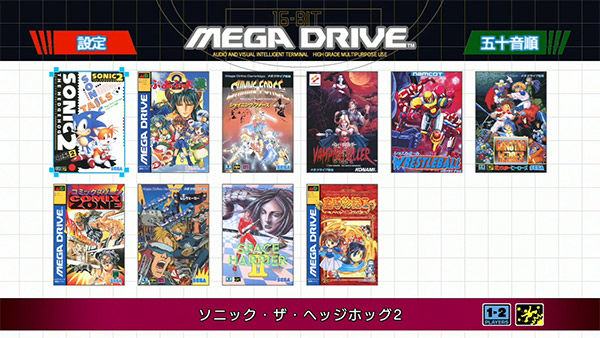Not going to happen.Apple cancels AirPower after more than a year of delays
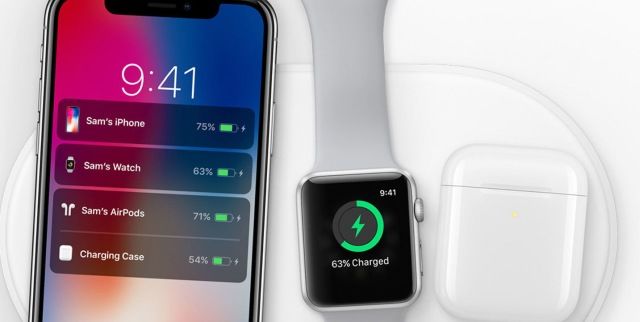
While some theorized that we’d finally see AirPower this month, that was not to be. Apple axed its wireless charging mat and said in a statement that “we’ve concluded AirPower will not achieve our high standards and we have cancelled the project.”
One more retro is on the way.Sega Genesis Mini will launch on September 19th with 40 games

The Genesis Mini was supposed to launch last year until Sega delayed it to bring development in-house. Now it has revealed a reworked retro console that will arrive with 40 games, including classics like Sonic 2, Puyo Puyo 2, Shining Force and Castlevania Bloodlines. There’s no word on a US price, but in Japan, the version with a pair of six-button controllers will cost about $80.
Modern features in an old-school frame.Apple iPad mini review (2019): Still the best small tablet

After a few years without an update, Apple gave its small tablet the same performance as its flagship iPhone XS, an improved screen, and support for its Apple Pencil. That makes for a definitively modern iPad experience, but the mini’s dated design makes the tablet feel a little older than it should.
That’s about all we know so far.Valve’s ‘Index’ VR headset is coming in May

Mark your calendar.
It’s based on a story from 2015.Netflix’s ‘The Silence’ looks a lot like ‘A Quiet Place’

Before you watch The Silence trailer Netflix just released, we’ll tell you that the plot looks strikingly similar to A Quiet Place. In both, the world is under attack from creatures who hunt prey by sound, and one family overcomes the disaster by utilizing the heightened senses of a deaf child. Yes, both films rely on a deaf child.
Yes another tablet review.Lenovo Smart Tab review: A hybrid smart display that lives up to the hype

The $299 Lenovo Smart Tab P10 is a 2-in-1 Android tablet that transforms into a surprisingly capable Echo Show clone when docked into a companion Bluetooth speaker. It offers a great screen, solid audio quality and is a lot more functional than Amazon’s own smart display.
Sorcery — and a telephoto lens.The Huawei P30 Pro’s cameras are miraculous
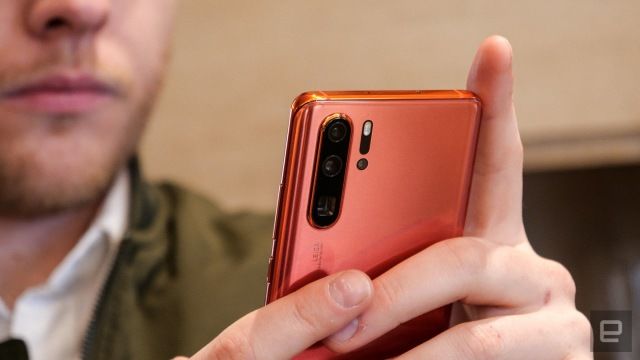
This phone has a camera capable of pulling off a long-distance zoom photo of the Eiffel Tower — at night. According to Mat Smith, even Google’s Night Sight couldn’t pull that off.
Weird flex, but OK.Watch Samsung bend the Galaxy Fold hundreds of times
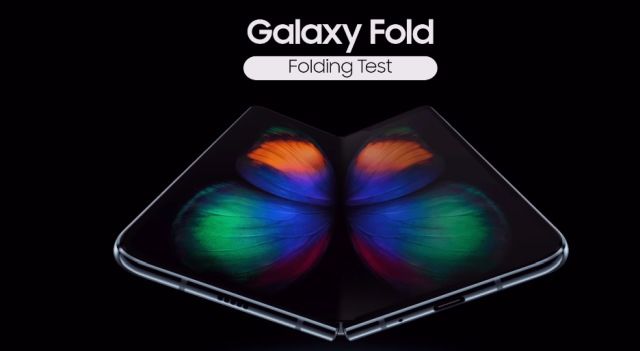
Samsung is attempting to put to rest doubts over the Samsung Galaxy Fold’s durability by revealing how each device is tested. The company released a video on Wednesday that shows its devices undergoing a factory stress-test, where a line-up of brand new Samsung Galaxy Folds fold, and then unfold, and then fold again. The only thing we can’t judge from here is whether the gap that remains when it’s folded, or a seam that may form down the center, are potential flaws buyers will be able to live with.
But wait, there’s more…
The Morning After is a new daily newsletter from Engadget designed to help you fight off FOMO. Who knows what you’ll miss if you don’t Subscribe.
Craving even more? Like us on Facebook or Follow us on Twitter.
Have a suggestion on how we can improve The Morning After? Send us a note.


